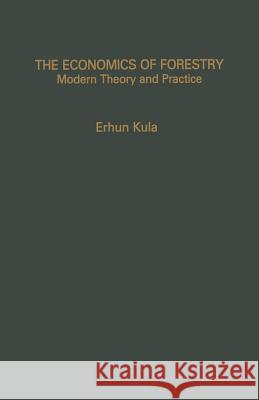The Economics of Forestry: Modern Theory and Practice » książka
The Economics of Forestry: Modern Theory and Practice
ISBN-13: 9789401160803 / Angielski / Miękka / 2012 / 186 str.
The economics of forestry has always fascinated me as one of the most brain-taxing cases in economics. As an investment forestry is different from many other projects as it has unusually long gestation periods. For example, in the United Kingdom it takes over 40 years to grow coniferous and over 100 years for deciduous timber. These long gestation periods make it very clear how import- ant are the magnitude of the discount rate and the method of discounting in the evaluation of investment projects. Any errors in these will misguide investors in forestry one way or the other. In addition, forestry redistributes income between gener- ations. Its long gestation periods make it obvious that more than one generation will be involved in any venture. When we plant trees we know that the bulk of the benefits will be captured by future generations. Conversely, when we fell trees we reap the benefit of projects which were established in the past, mostly by generations who are long gone. So far most economists have devoted their time and energy to analysing income distribution in an intragenerational context, and this is a very sensitive and controversial issue. After all, most revolutions have taken place because of the uneven income distribution which was oppressive for the majority. Forestry helps us to study the case from the viewpoint of different generations. Forestry necessitates estimating timber prices a long time ahead.











